Mastering the Meta: Building a Winning Team in Pokémon GO
- Jul 28, 2024
- 402
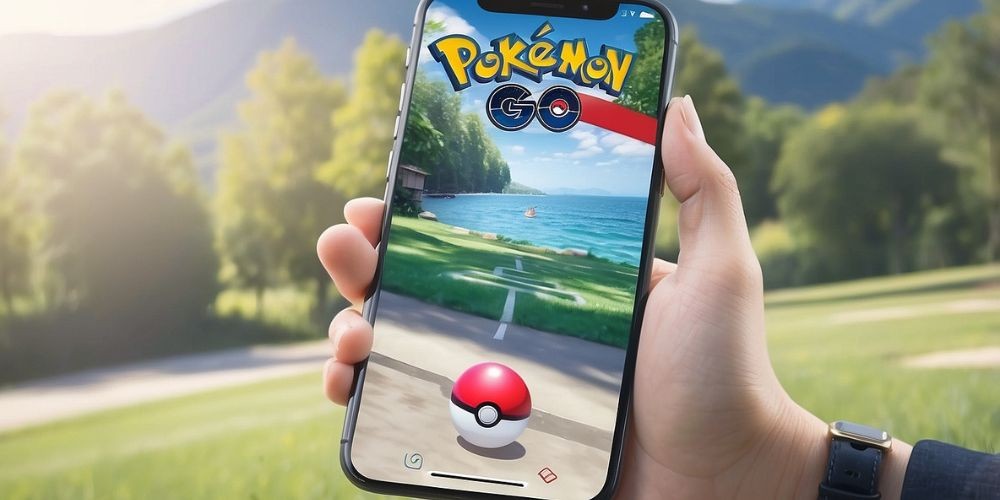
Developing a competitive team in Pokémon GO can be an exhilarating journey, one that involves equal parts strategy, knowledge, and adaptability. For trainers aiming to dominate in the GO Battle League or prestigious Play! Pokémon events, understanding the core principles behind effective team building is essential. This article unearths the intricate strategies employed by top trainers and provides actionable insights to construct a formidable team.
Start with a Strong Core Duo
Building a successful team often begins with identifying a strong core duo. This combination generally consists of two Pokémon whose strengths and weaknesses complement each other, creating a balanced foundation for your team. For instance, consider the synergy between Swampert and Alolan Ninetales. Swampert's Water/Ground typing is only weak to Grass-type moves, while Alolan Ninetales counters this vulnerability with powerful Ice-type attacks that can handle Grass and Dragon types.

When forming your core duo, take these considerations into account:
- Evaluate each Pokémon’s typing and how well their strengths and weaknesses complement each other.
- Ensure that your duo can cover a variety of threats found in the current metagame.
- Test the synergies through multiple battles to refine your strategies.
Beyond Swampert and Alolan Ninetales, other popular pairs include Galarian Stunfisk with Trevenant, and Medicham with Noctowl. Each of these duos has a unique interplay of strengths that covers a wide range of opponents, providing a solid launching pad for further team development.
Steel-centric Trios for Durability
After establishing your core duo, the next step is to create a steel-centric trio, which often forms the backbone of competitive teams. Steel-type Pokémon are invaluable due to their excellent defensive capabilities, resisting many common attack types. Pokémon like Galarian Stunfisk, Registeel, and Bastiodon are frequently seen in this role.
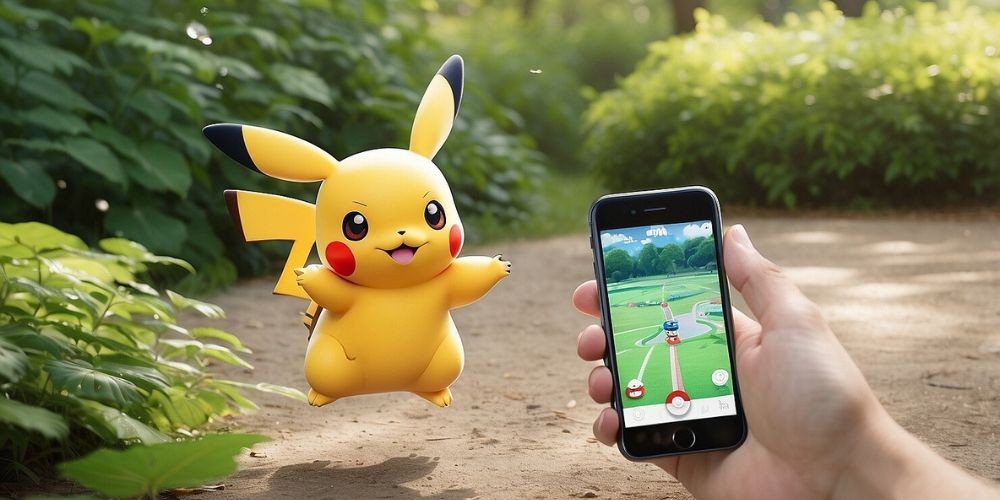
When constructing a steel-centric trio, think about:
- Steel-Type Pokémon: Consider adding Pokémon like Galarian Stunfisk, which can serve as a reliable tank while dealing respectable damage.
- Anti-Steel Pokémon: Incorporate a counter to Steel types, such as Medicham or Swampert, capable of exploiting their weaknesses.
- Support Pokémon: Opt for Pokémon like Noctowl or Trevenant that can neutralize threats to your Steel-type assets.
An effective steel-centric trio strategically inspects and counters the threats posed by opposing teams. By augmenting your team with steel-type defenders and appropriate counters, you ensure a balanced and resilient team composition.
Formulating a Second Trio
With a solid core duo and a resilient trio in place, it’s time to expand the team to six Pokémon. This is where creating a second trio can be beneficial, featuring a diverse selection of types to cover additional vulnerabilities and enhance strategic options.
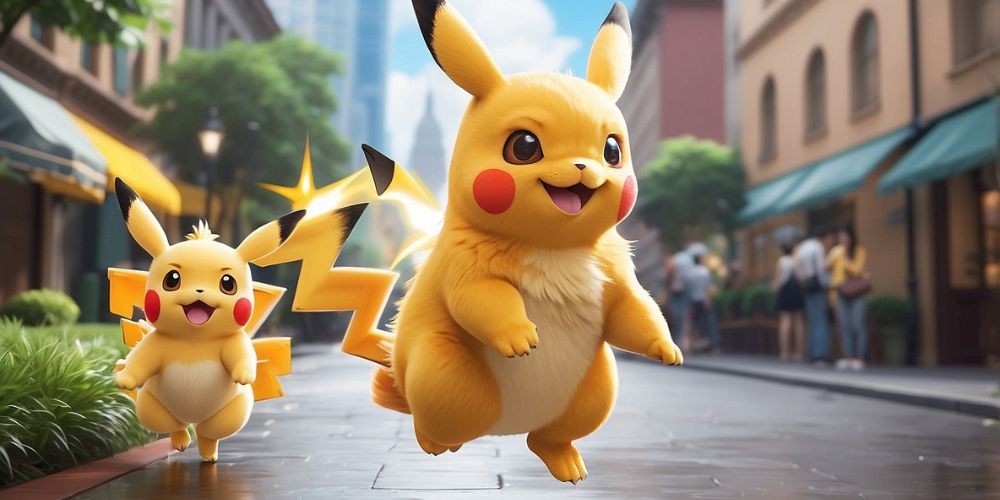
Constructing a second trio involves:
1. Assessing Metagame Trends: Observing current popular picks and strategies will guide your choices, helping you include Pokémon that can counter prevalent threats.
2. Typing Diversity: Diversify typing to ensure broad coverage. Aim for no more than two Pokémon of the same type unless their roles are unique and complementary.
3. Synergy with Core Duo: Ensure that your new picks harmonize with the existing core duo and steel-centric trio. This boosts overall team synergy and adaptability.
For instance, if your initial trio includes Galarian Stunfisk, Primeape, and Cofagrigus, an additional trio incorporating Tapu Fini, Lickitung, and Altaria can mitigate weaknesses to specific threats like Trevenant and Azumarill. This approach provides tactical flexibility, making it easier to adapt to various opponents.
Analyzing the Current Competitive Scene
The competitive Pokémon GO landscape is in constant flux. Staying abreast of the latest trends is indispensable for success. Watching recent tournament battles and reviewing successful teams offers invaluable insights. Channels like the Play! Pokémon: Full Broadcasts playlist on The Official Pokémon YouTube channel provide excellent resources for this.
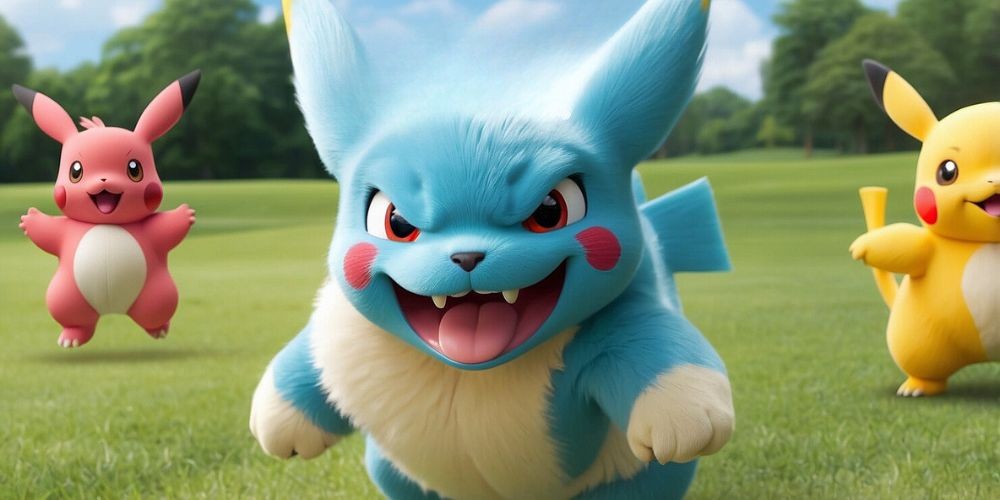
When analyzing the competitive scene, focus on:
- Common Threats: Identify prevalent Pokémon in the current meta. Your team should include counters to these threats for both proactive and reactive strategies.
- Successful Team Compositions: Investigate top-performing teams and dissect the logic behind their Pokémon choices, movesets, and battle strategies.
- Skill Practice: Engage in frequent battles to familiarize yourself with different matchups and refine your strategies based on hands-on experience.
Conducting thorough analysis and regular practice will fortify your team against almost any challenge, equipping you to navigate the unpredictable competitive arena effectively.
Example Teams in Action
To illustrate these strategies, let's examine two teams that have excelled in the competitive Pokémon GO circuit. First, take my team that secured second place at the Peoria Regional Championships. I anchored my team around a core duo of Tapu Fini and Galarian Stunfisk. Tapu Fini provided coverage against Fire, Fighting, and Ground types, while Galarian Stunfisk protected against Electric, Poison, and Grass types.
My first trio — Galarian Stunfisk, Primeape, and Cofagrigus — offered a balanced defense and offense, covering a wide range of threats. To mitigate my weaknesses against Trevenant and Azumarill, I added Lickitung and Altaria. This second trio, complementing Tapu Fini, gave my team no type overlaps and strong counters to common threats such as Medicham, Altaria, and Sableye.
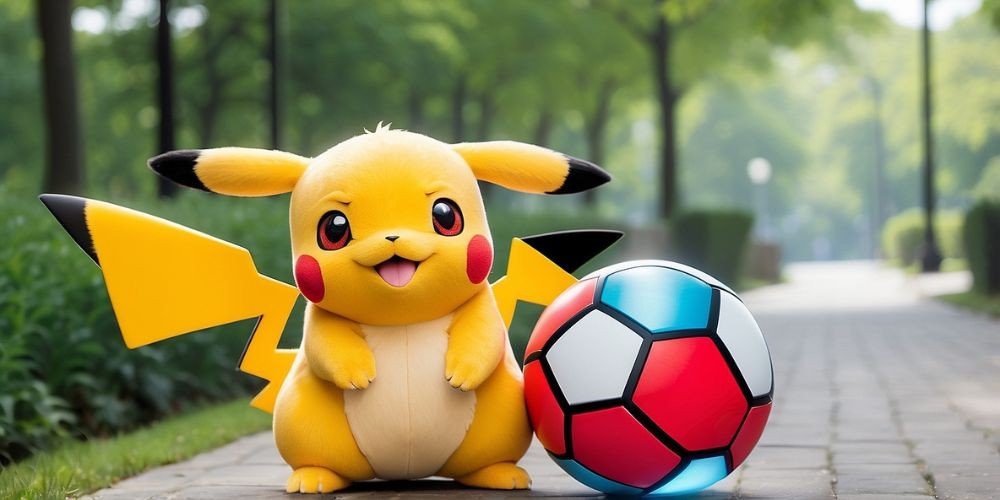
Similarly, Knoxville winner Reis2Occasion capitalized on a combination of core duos and trios. His team featured both Swampert with Alolan Ninetales and Galarian Stunfisk with Trevenant. Notably, his use of a second trio consisting of Alolan Ninetales, Azumarill, and Noctowl allowed for enhanced flexibility and coverage. By leveraging multiple core duos and maintaining diversity in types and roles, he navigated the competitive landscape adeptly and achieved victory.
Final Thoughts on Team Construction
Building a Pokémon GO team is an art that requires thoughtful planning and continual adaptation. By focusing on core duos, incorporating steel-centric and diverse trios, and analyzing the competitive scene, you can create a team capable of standing against varied opponents. Don't be afraid to incorporate successful strategies from other players or to tweak your team based on changing meta trends.
Remember, the key to success lies in understanding the fundamental principles of team synergy and maintaining flexibility to adapt to new challenges. Armed with these insights, you’re now prepared to construct a winning Pokémon GO team that can prevail in any competitive setting.